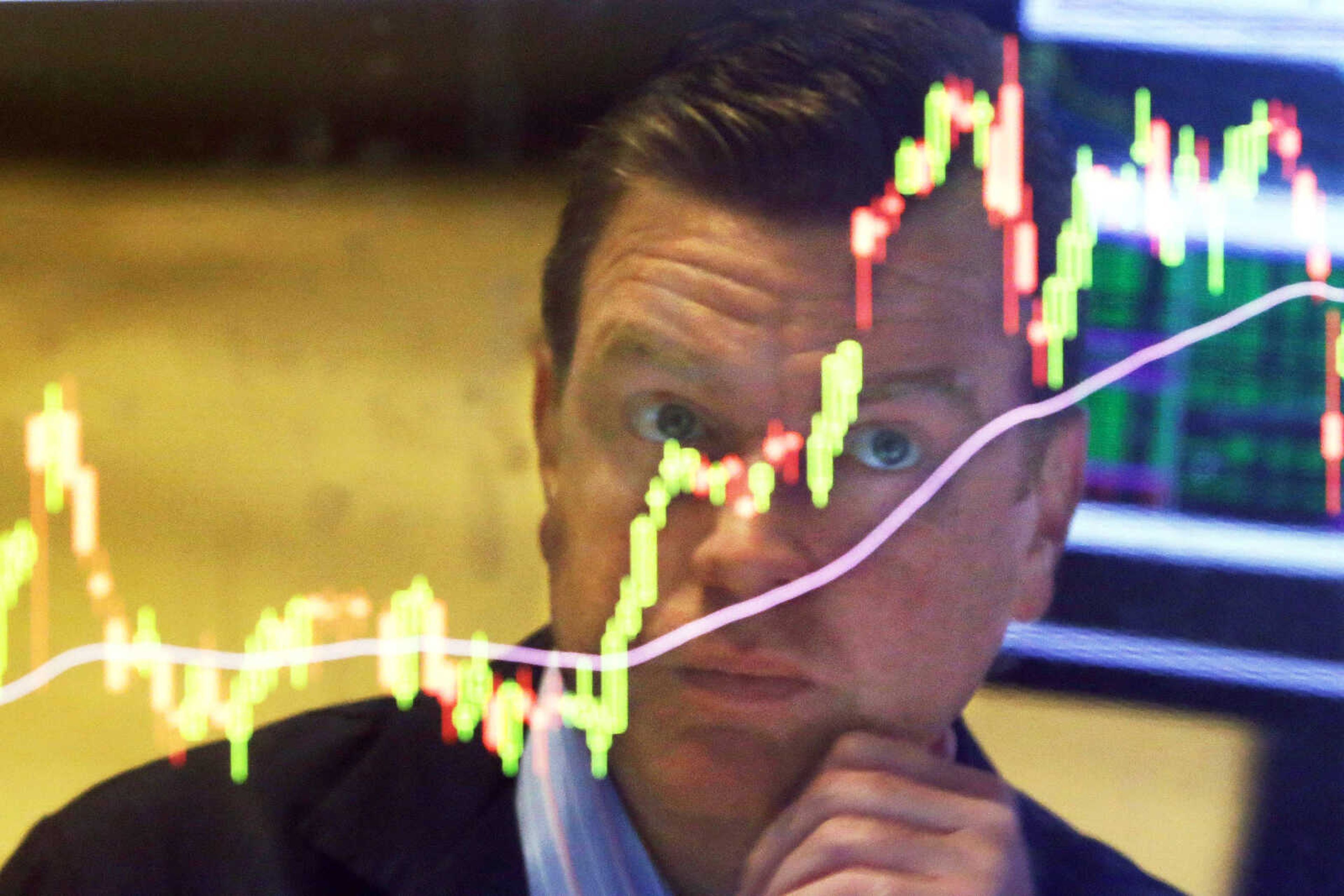U.S. stocks extend losses as early rally fades
Just when it looked as if the bleeding had stopped, it started again. A rally in U.S. stocks evaporated in the minutes before the closing bell Tuesday, sending the Dow Jones industrial average down more than 200 points and extending Wall Street's losing streak to six days -- the longest such stretch in more than three years...
Just when it looked as if the bleeding had stopped, it started again.
A rally in U.S. stocks evaporated in the minutes before the closing bell Tuesday, sending the Dow Jones industrial average down more than 200 points and extending Wall Street's losing streak to six days -- the longest such stretch in more than three years.
Where the market might bottom out is anyone's guess -- not exactly comforting news to anyone whose retirement savings or down payment on a house are tied up in stocks.
The rally came after China lowered interest rates to try to boost its slowing economy. Other world markets surged on the news out of Beijing, and for a while, it looked as if U.S. stocks would follow suit and the global sell-off might stop.
Stocks also got a lift from economic reports showing a rebound in U.S. consumer confidence and sales of new American homes.
At one point Tuesday, the Dow was up as much as 441 points. But sell orders began pouring in in the last 15 minutes of trading, and stocks swung abruptly from positive to negative territory.
The Dow ended with a loss of 204.91 points, or 1.3 percent, at 15,666.44. The Standard & Poor's 500 index fell 25.60 points, or 1.4 percent, to 1,867.61. The Nasdaq composite declined 19.76 points, or 0.4 percent, to 4,506.49.
"The return to a more traditional stimulus from China helped excite many investors," said Jeff Kleintop, chief global investment strategist at Charles Schwab. "But, in fact, this is more likely the start of a longer-term period of volatility."
The three major U.S. indexes have lost ground six days in a row, with the Dow falling about 1,900 points over that period.
The S&P 500 is down 12 percent from its record close of 2,130.82 on May 21. That puts it in what Wall Street calls a "correction" -- a drop of at least 10 percent from its most recent high. It is the S&P's first correction in nearly four years.
The last time the S&P declined six days straight was July 2012.
China, the world's second-largest economy, cut its interest rates for the fifth time in nine months in a renewed effort to shore up growth. The central bank also increased the amount of money available for lending by reducing the reserves banks are required to hold.
A slowdown in China has the potential to significantly crimp demand for oil and other commodities, a ripple effect that could dampen global economic growth.
"The Chinese economy is going to be on this bumpy road for a while, and it will have ebbs and flows that will no doubt have a serious impact on the global economy," said Kamel Mellahi, professor at the Warwick Business School. "What we are seeing now is a dress rehearsal of things to come."
Beyond China, traders are waiting for clarity from the Federal Reserve, which has signaled it could begin raising its key interest rate from near zero for the first time in nearly a decade as early as this year. The Fed isn't expected to deliver a policy update until it wraps up a meeting of policymakers in mid-September.
European markets recovered almost all their losses from Monday's sell-off. Germany's DAX jumped 5 percent, while France's CAC-40 rose 4.1 percent. The FTSE 100 index of leading British shares gained 3.1 percent.
China's central bank took action hours after the country's main stock index closed sharply lower for a fourth day. The Shanghai stock index slumped 7.6 percent, on top of Monday's 8.5 percent loss.
Tokyo's Nikkei 225 also closed lower, sliding 4 percent. But other markets in Asia posted modest recoveries, including Hong Kong and Sydney.
Energy company Pepco Holdings declined the most in the S&P 500 on Tuesday after regulators in Washington rejected its proposed merger with Exelon. Pepco stock shed $4.44, or 16.5 percent, to $22.51.
Best Buy recorded the biggest gain in the index, climbing $3.68, or 12.6 percent, to $32.95, after the home electronics chain reported better-than-expected results for the quarter.
Oil rebounded from its lowest closing level in more than six years. The price of U.S. crude rose $1.07, or 2.8 percent, to $39.31.
U.S. government bond prices fell, pushing up the yield on the 10-year Treasury note to 2.07 percent.
AP Business Writer Joe McDonald in Beijing contributed to this story.
Connect with the Southeast Missourian Newsroom:
For corrections to this story or other insights for the editor, click here. To submit a letter to the editor, click here. To learn about the Southeast Missourian’s AI Policy, click here.










